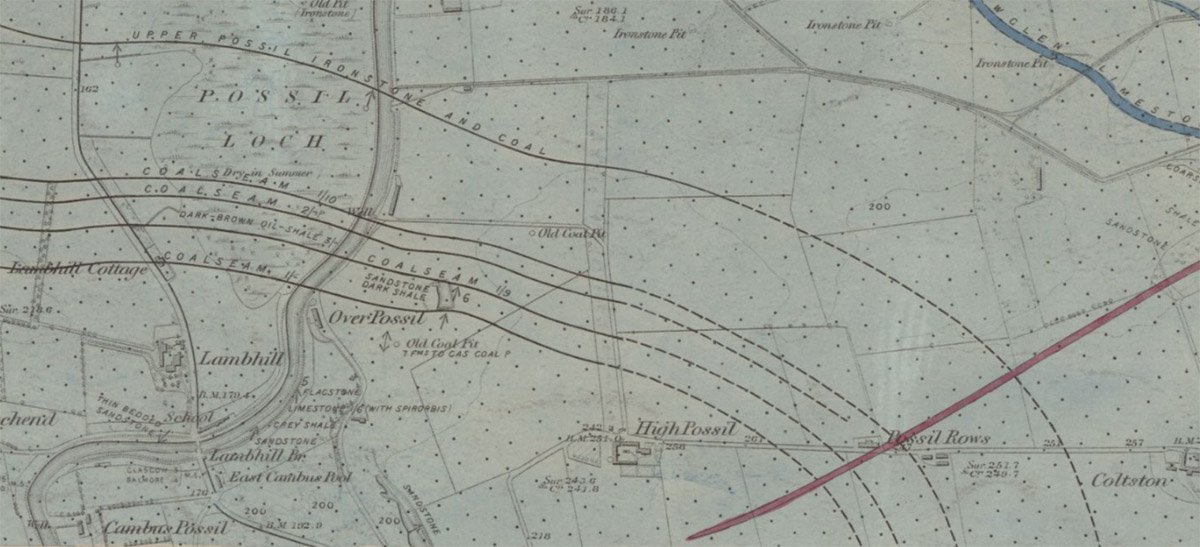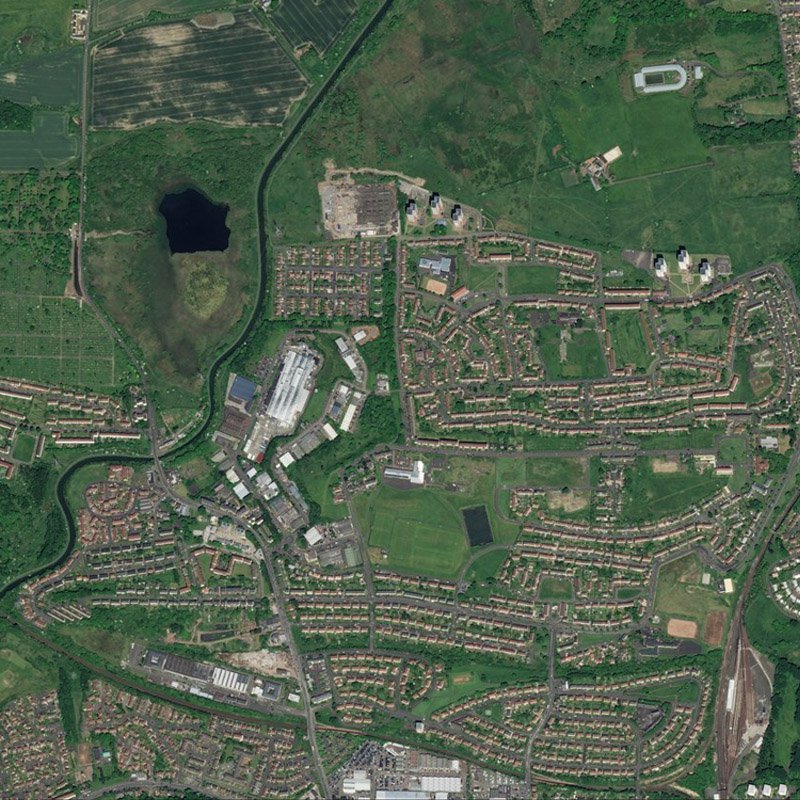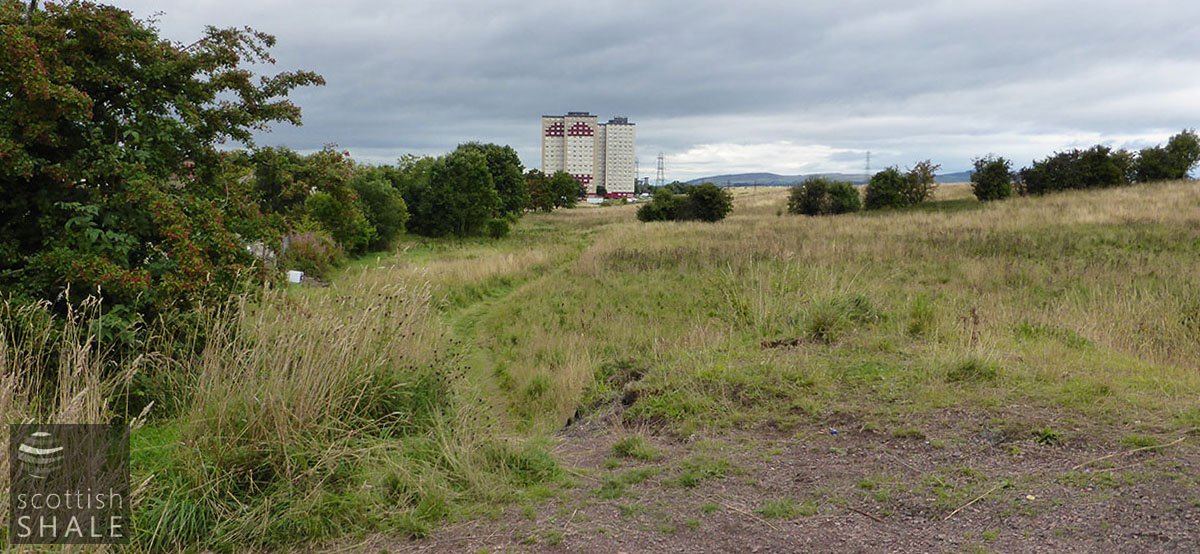- Aberdeen Oil Works
- Addiewell Oil Works
- Almondhill Oil Works
- Annick Lodge Oil Works
- Arden Oil Works
- Armadale Oil Works
- Auchenheath Oil Works
- Avonhead Oil Works
- Balgray Oil Works
- Ballat Oil Works
- Bathgate Oil Works
- Bathville Oil Works
- Bellsdyke Oil Works
- Bellsquarry Oil Works
- Benhar Oil Works
- Binnend Oil Works
- Birkenshaw Oil Works
- Bishop Street Oil Works
- Blackburn Oil Works
- Blackstone Oil Works
- Blackstoun Oil Works
- Blochairn Oil Works
- Boghall Oil Works
- Bredisholm Oil Works
- Breich Oil Works
- British Asphalte Oil Works
- Broxburn Oil Works
- Broxburn - Bell's Stewartfield Oil Works
- Broxburn - Albyn Oil Works
- Broxburn - East Mains Oil Works
- Broxburn - Greendykes Oil Works
- Broxburn - Hallfarm Oil Works
- Broxburn - Hutchinson's Oil Works
- Broxburn - Poynter's Oil Works
- Broxburn - Steele's Oil Works
- Broxburn - Steele's Stewartfield Oil Works
- Buckside Oil Works
- Burngrange Oil Works
- Calderbank Oil Works
- Canalbank Oil Works
- Champfleurie Oil Works
- Clippens Oil Works
- Cobbinshaw North Oil Works
- Cobbinshaw South Oil Works
- Coneypark Oil Works
- Craigie Oil Works
- Crown Point Oil Works
- Dalmeny Oil Works
- Deans Oil Works
- Doura Oil Works
- Drumbow Oil Works
- Drumcross Oil Works
- Drumgray Oil Works
- Dryflat Oil Works
- East Fulton Oil Works
- East Hermand Oil Works
- Eldin Oil Works
- Falkirk Oil Works
- Fergushill Oil Works
- Forthbank Oil Works
- Forth & Clyde Oil Works
- Gavieside Oil Works
- Grange Oil Works
- Grangepans Oil Works
- Greengairs Oil Works
- Hareshaw Oil Works
- Hartwood Oil Works
- Hawick Oil Works
- Hermand Oil Works (1866)
- Hermand Oil Works (1883)
- Holmes Oil Works
- Hopetoun Oil Works
- Hurlford Oil Works
- Inkerman Oil Works
- Inverkeithing Oil Works
- Kilrenny Oil Works
- Kilwinning Oil Works
- Kirkmuirhill Oil Works
- Kirkwood Oil Works
- Lanark Oil Works
- Lanemark Oil Works
- Levenseat Oil Works
- Limerigg Oil Works
- Linwood Oil Works
- Loanhead Oil Works
- Lochburn Road Oil Works
- Lochgelly Oil Works
- Longrigg Oil Works
- Magdalene Oil Works
- Methil Oil Works
- Millburn Oil Works
- Nettlehole Oil Works
- Niddry Castle Oil Works
- Nitshill Oil Works
- Oakbank Oil Works
- Palacecraig Oil Works
- Pathhead Oil Works
- Patterton Oil Works
- Pentland Oil Works
- Philpstoun Oil Works
- Port Dundas Oil Works
- Possil Oil Works
- Pumpherston Oil Works
- Raebog Oil Works
- Riggend Oil Works
- Rochsoles Oil Works
- Rochsolloch Oil Works
- Roman Camp - Almondfield Oil Works
- Roman Camp - Cawburn Oil Works
- Roman Camp Oil Works (1892)
- Roman Camp - Shale Oil Works
- Rosebank Oil Works
- Roughcraig Oil Works
- Rumford Street Oil Works
- Seafield Oil Works
- Shawsburn Oil Works
- Sheepford Locks Oil Works
- Shettleston Oil Works
- Shotts Oil Works
- Stand Oil Works
- Stanrigg Oil Works
- Stonehouse Oil Works
- Straiton Oil Works
- St. Rollox Works
- Swinehill Oil Works
- Tarbrax Oil Works
- Uphall Oil Works
- Uphall - Railway Oil Works
- Uphall - Wyllie's Oil Works
- Vulcan Chemical Works
- Wardend Oil Works
- Wattston Oil Works
- Westfield & Capeldrae Oil Works
- Westwood Oil Works (1941)
- Westwood Oil Works (1866)
- Whitebog Oil Works
- Whitehill Oil Works (Lanarkshire)
- Whitehill Oil Works (Midlothian)
- Whiterigg Oil Works
- Woodhall Oil Works
Possil Oil Works

Redwood lists three oilworks in the Possil area of Glasgow.
- High Possil Oil Works, operated by Walker between 1863 and 1871,
- Low Possil Oil Works, operated by Peter Drummond between 1864 and 1872-3,
- Over Possil Oil Works, operated by Drummond and Bain between 1864 and 1869.
Memoirs of the Geological Survey (see snippets) record that the Possil sub-group of the Limestone Coals contain "several valuable coal seams with which cannels and blackband ironstones are frequently associated", and provides an example of a seam which contained bands of cannel and ironstone. Many ironstone pits are marked on the first edition OS map (surveyed 1858), and it seems probable that the cannel coal mined along with ironstone was used for oil production.
The 1858 OS map shows two groups of ironstone pits in the Possil area. A cluster of pits to the north of High Possil Farm were linked by tramways to two wharfs on the Forth & Clyde canal. This area was labelled "Over Possil Colliery" on later maps. A second cluster of ironstone mines to the south of High Possil Farm were linked by mineral railway to the Edinburgh and Glasgow main line.
The location of the three oil works remains highly uncertain. On the basis of available evidence, it would seem logical if:
- Over Possil oil works were associated with the northern cluster of ironstone pits subsequently labelled "Over Possil Colliery"
- High Possil oil works were associated with the southern cluster of ironstone pits
- Low Possil oil works lay close to Lambhill bridge (the name "Low Possil" does not appear on the OS map)
Glasgow Post Office Directories record a number of companies associated with oil enterprises in Possil;
- John Bain is listed in 1865-66 as proprietor of OverPossil Colliery with an office in Fleming St., and in 1866-67 as coal and shale master, Fleming St, The Edinburgh Gazetter notes the retirement of John Bain from the partnership of Bain & Drummond as of October 1865.
- M. Wallace & Co. are listed as "coal, coke and shale masters, Possil Collieries, 59 Renfield St and Mid-Wharf Port Dundas in 1869-70 and1870-71. In 1871-72 they were listed only as "coal, coke and smithy masters" This might relate to the "Walker" listed by Redwood?
- Entries for Possil Collieries and Wilson & Co, Possil Collieries appear during this period, but with no indication of involvement in oil manufacture.
Mapped by the Ordnance Survey of c.1864 (6"OS), with ironstone pits marked in red.
Recent images
THE Copartnership hitherto carried on by the Subscribers as Oil Manufacturers at Possil, near Glasgow, under the Firm of BAIN & DRUMMOND, has been DISSOLVED of this date by the Retirement of Mr Bain. Mr Drummond, who carries on the business under the same firm, will pay the debts due by, and is authorised to discharge the debts due to the old Firm. JOHN BAIN. PETER DRUMMOND.
Edinburgh Gazette, 17th October 1865
.......
THE SHALE in the Estate of BARDOWIE is now to be LET, on Lease. The Paraffin Oil got from this shale is of excellent quality, and the estate is within six miles of Glasgow. Offers for a Lease will be received by J.B. Hamilton, Esquire of Leny, Callander, the Proprieter; or Messrs John & G.H. Geddes, Mining Engineers, Edinburgh.
Glasgow Herald, 17th October 1866
SHALE OIL WORKS AT LAMBHILL FOR SALE.
There will be exposed to Sale, within the Faculty Hall, St. George's Place, Glasgow, upon Wednesday the 25th September next at Two o'clock P.M. All and whole that plot or area of ground, Part of the Farm of Over Possil and Estate of Possil, lying on the Westside of the road leading from the Parish Road to the Forth and Clyde Canal, containing One acre rood and fifteen poles, together with the Shale Oil Works erected thereon. The Works have been recently erected at a cost of about £600 and contain 4 vertical retorts with Condensing Pipes, 10 Horizontal Retorts with Condensing Pipes, Steam Boiler, Boiler for holding Oil, Hutch Weighing Machine, Wood Shed , &c. Fea-duty, £16, 2s. 6d. To insure a sale, upset price, £150. For furtherparticulars apply to Messrs. George Wink & Son, Accountants, 175 West George Street, Glasgow; or to Smith Wright & Johnston, Writers 150 St. Vincent Street, Glasgow. Glasgow, 26th August 1867.
Glasgow Herald, 27th August 1867
.......
THE PLANT and MATERIALS of the CRUDE OIL
WORK at LAMBHILL, belonging to the estate of Mr. Peter Drummond, for Sale Privately, comprising Ten Horizontal Retorts, with Condensing Pipes, by Mr. John Bell; Four Vertical Retorts, with Condensing Pipes, by Messrs Binnie & Co.; Steam Boiler, Boilers for Holding Oil; Hutch-Weighing Machine, Bricks, &c. &c. Apply George Wink & Sons, Accountants, Glasgow, who will receive offers until 1st November prox., 176 West George Street Glasgow, 22nd Oct. 1869.
Scotsman, 25th October 1869
.......
J & R EDMISTON WILL sell in ONE or more Lots in the CITY SALEROOMS, 21 GORDON STREET, on WEDNESDAY, 17th NOVEMBER, at Twelve Noon, 10 Horizontal Retorts, with Condensing Pipes, by "Bell" of Wishaw; 4 Vertical Retorts, with Condensing Pipes, by "Bennie"; Small Steam Boiler with Connections, Steam-Boiler, Tank, Hutch Weighing Machine, Wooden Shed, &c. Recently Erected at a cost of about £800, as they now lie, near the Possil Road, adjoining Lambhill Bridge, where they may be seen at any time prior to Sale. GEORGE WINK & SON, C.A. J.& R. EDMISTON, Auctioneers. CITY SALEROOMS, 21 GORDON STREET, GLASGOW.
Scotsman, 15th November 1869
.......
In the Glasgow and Paisley districts the Limestone Coal Group has been divided into (1) a lower sub-group (Garscadden) with only a few coals; and (2) an upper sub-group (Possil) with several valuable coal seams with which cannels and blackband ironstones are frequently associated.
Memoirs of the Geological Survey XXIV; Cannel coals, lignite and mineral oil in Scotland, 1922





